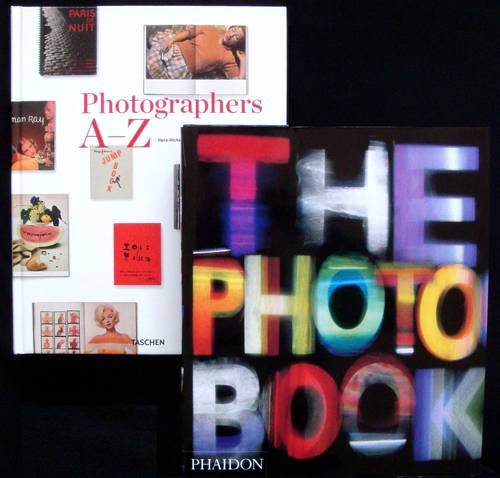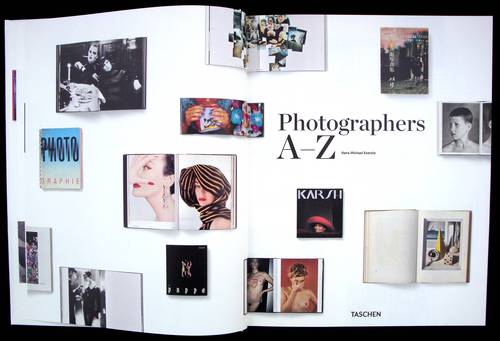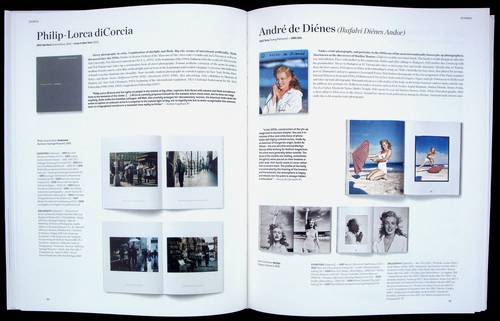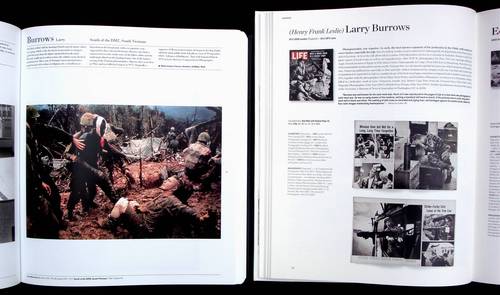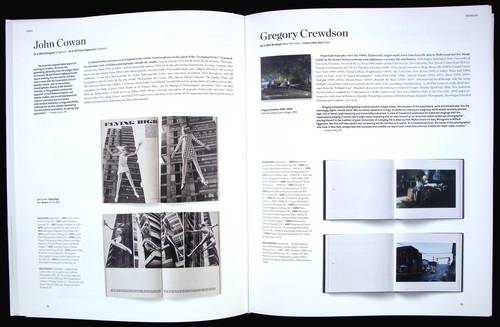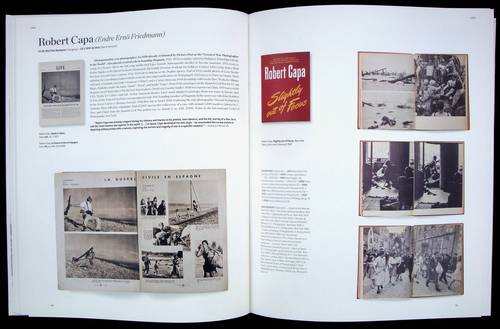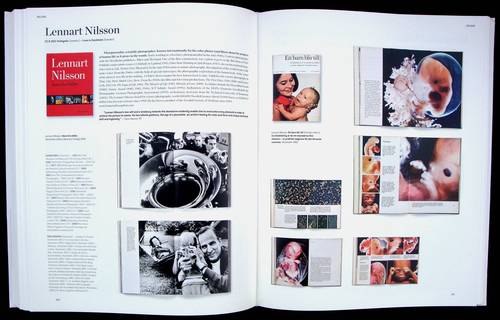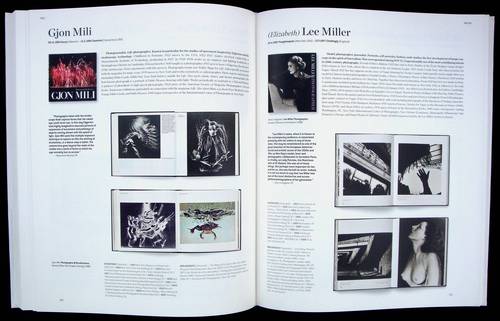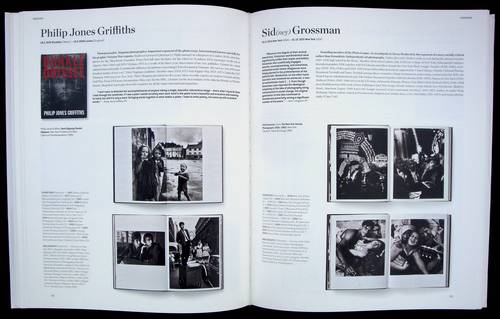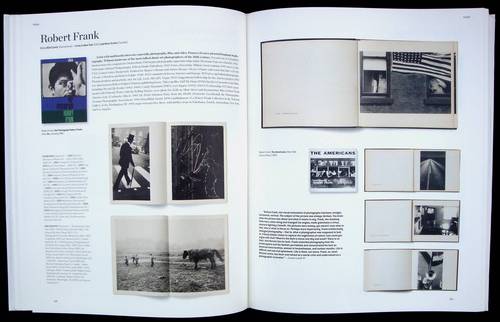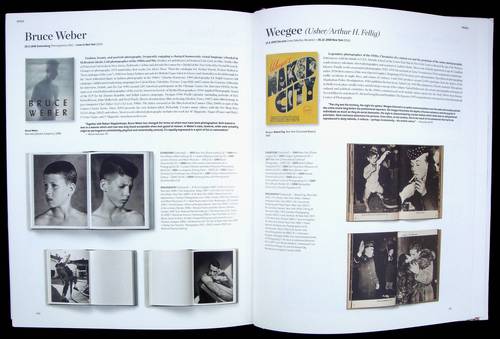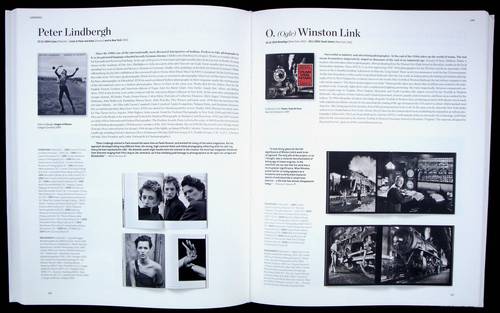New Deal Photography. USA 1935–1943
“Through these travels and the photographs, I got to love the United States more than I could have in any other way.” — Jack Delano
Amid the ravages of the Great Depression, the United States Farm Security Administration (FSA) was first founded in 1935 to address the country’s rural poverty. Its efforts focused on improving the lives of sharecroppers, tenants, and very poor landowning farmers, with resettlement and collectivization programs, as well as modernized farming methods. In a parallel documentation program, the FSA hired a number of photographers and writers to record the lives of the rural poor and “introduce America to Americans.”
This book records the full reach of the FSA program from 1935 to 1943, honoring its vigor and commitment across subjects, states, and stylistic preferences. The photographs are arranged into four broad regional sections but otherwise allowed to speak for themselves—to provide individual impressions as much as they cumulatively build an indelible survey of a nation.
The images are both color and black-and-white, and span the complete spetrum of American rural life. They show us convicts, cotton workers, kids, and relocated workers on the road. We see subjects victim to the elements of nature as much as to the vagaries of the global economic market. We find the work of such perceptive, sensitive photographers as Marion Post Wolcott, Jack Delano, Russell Lee, Walker Evans, Ben Shahn, and Dorothea Lange, and read their own testimonies to the FSA project and their encounters with their subjects, including Lange’s worn, weather-beaten and iconic Migrant Mother.
What unites all of the pictures is a commitment to the individuality and dignity of each subject, as much as to the witness they bear to this particular period of the American past. The subjects are entrenched in the hardships of their historical lot as much as they are caught in universal cycles of growing, playing, eating, aging, and dying. Yet they face the viewer with what is utterly their own: a unique, irreplaceable, often unforgettable presence.
About the series
Bibliotheca Universalis — Compact cultural companions celebrating the eclectic TASCHEN universe at an unbeatable, democratic price!
Since we started our work as cultural archaeologists in 1980, the name TASCHEN has become synonymous with accessible, open-minded publishing. Bibliotheca Universalis brings together nearly 100 of our all-time favorite titles in a neat new format so you can curate your own affordable library of art, anthropology, and aphrodisia.
Great Depression colour photos shine a new light on some of America's darkest days
Menard Scott
STAFF
13/08/2016 20:49:00 1 0
Pictures, taken from 1939 to 1941, show the US just beginning to pull out of one of its darkest periods
Photos are from a joint project between the Farm Security Administration and Office of War Information
The Library of Congress now holds more than 180,000 photos - only 1,600 in color - from the time period
The vivid color photos capture an era generally only seen in black and white
By Kelly Mclaughlin For Dailymail.com and Dailymail.com Reporter
Published: 14:44 EST, 13 August 2016 | Updated: 20:49 EST, 13 August 2016
The Great Depression is often remembered through bleak black and white photographs featuring long unemployment lines and hungry people waiting for a slice of bread.
As one of the darkest periods in American history, the Great Depression devastated the United States from 1929 to 1939, directly followed by World War II, which lasted until 1945 and kicked American industry into gear.
But even amidst the difficult times, families and neighborhoods tried to make the best of things.
Earlier this year, the Library of Congress has shared stunning photographs that show the period in vivid color, showcasing the strength of families, the recovery of farming and the joys of state fairs as the nation emerged from a dark time.
Female workers employed as wipers take a break for lunch at the Chicago and Northwestern Railroad in Clinton, Iowa, in 1943
Young school children sit at their desks in San Augustine County, Texas, in October 1943
Men and women chop cotton on rented land in White Plains, Greene County, Georgia, in June 1941
Faro and Doris Caudill, homesteaders, pose together for a photograph in Pie Town, New Mexico, in October 1940
A selection of the collected photos have been featured in Peter Walther’s new book, New Deal Photography, USA 1935-1943, which was published in July by Taschen.
The photographs peek into the lives of people across the United States, ranging from street fairs to Vermont to lunch scenes featuring women working on the Northwestern railroad.
Taken from 1939 to 1941, the pictures show an America just beginning to pull itself out of a financial disaster that sent nearly 15million Americans into unemployment by 1933.
The photos are a selection from a joint project between the Farm Security Administration and Office of War Information to document American life through pictures taken between 1935 and 1944.
More than 40 photographers contributed to the documentary photography program, according to Slate, but very few were shot with Kodachrome film.
Of the 180,000 images kept in the Library of Congress, only 1,600 are in color. The color photos weren’t available to the public until 2004.
Children, donning American flags and a drum, stage a patriotic demonstration in Southington, Connecticut, in May 1942
A man rests on the porch of a store selling live catfish near Natchitoches, Louisiana, in July 1940
A man takes a swing of his drink at the grounds at the Vermont State Fair, Rutland, Vermont, in September 1941
A worker in Clinton, Iowa, takes a break from work in 1943. Photos that have been released by the Library of Congress are from a joint project between the Farm Security Administration and Office of War Information
The United States began its plunge into one of worst economic disasters of the 20th century after Wall Street plunged on October 24 1929, known as Black Thursday, precipitating the Black Tuesday crash, which sent shock waves around the nation.
The massive plunge in an overheated market was followed by a perfect storm of economic calamity, including the widespread collapse of banks, the rise of mass unemployment and huge movements of people from impoverished agricultural states in search of work.
The Great Depression reached its peak in 1933 when some 13 to 15million Americans were unemployed and nearly half the banks had collapsed.
President Franklin D Roosevelt's reform measures would eventually go some way towards getting the country back on its feet, but it was in World War II, more than a decade after the crash, that the country's economy would find full relief.
These rare photographs are some of the few documenting those iconic years in color.
People shop at Eagle Fruit Store down the street from the Capital Hotel in Lincoln, Nebraska, in 1942
A women and children stand outside Shulman's Market on N Street and Union Street SW in Washington, DC, in 1941
A group of people ride a horse and wagon through Greene County, Georgia, in 1941
General view of one of the yards of the Chicago and Northwestern Railroad in Chicago, Illinois, in December 1942
Staff
He is a leading authority on business trends including ‘big data’, self-employment and the social media revolution. He’s the author of the award-winning book, Marketing Shortcuts for the Self-Employed (2011, Wiley) and a regular speaker for Bloomberg TV. He has spoken about global mega trends, big data and the social media revolution at conferences and business events around the world .










































